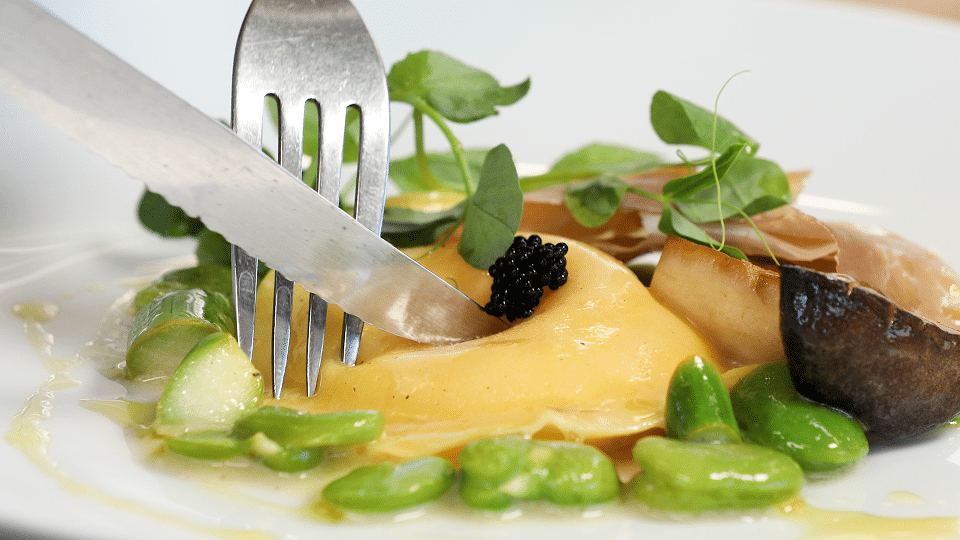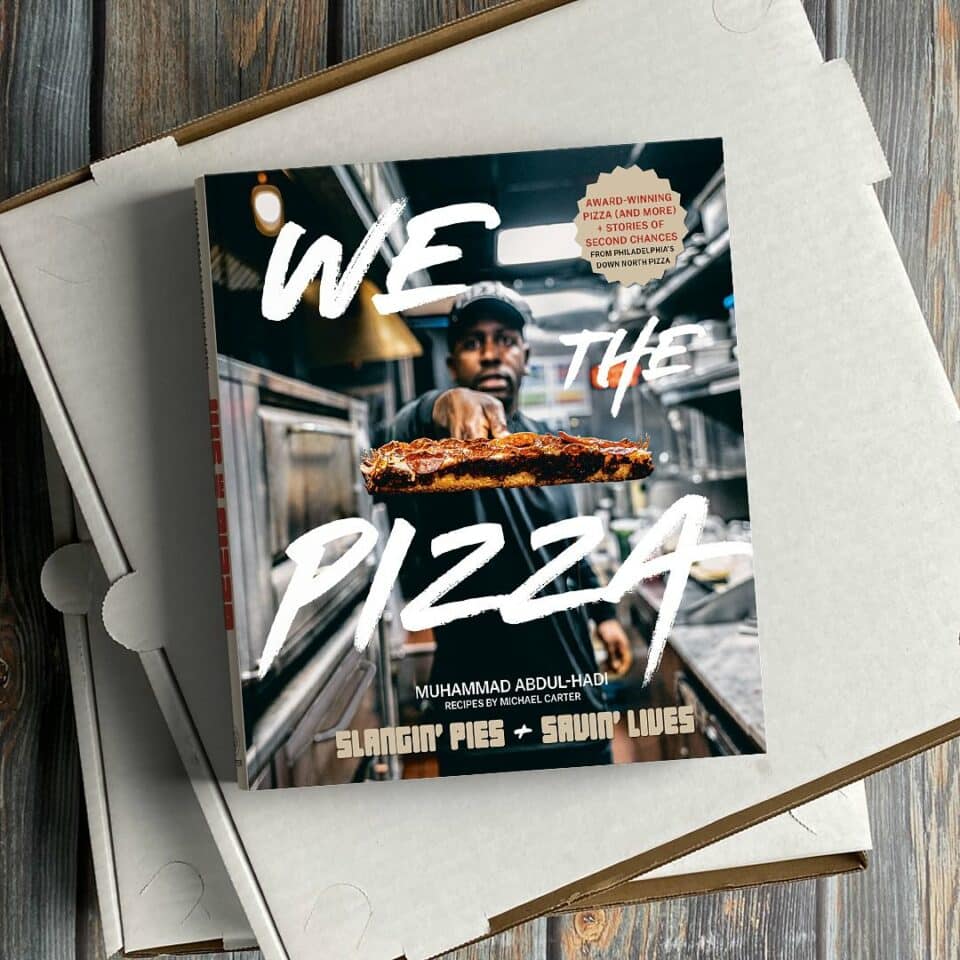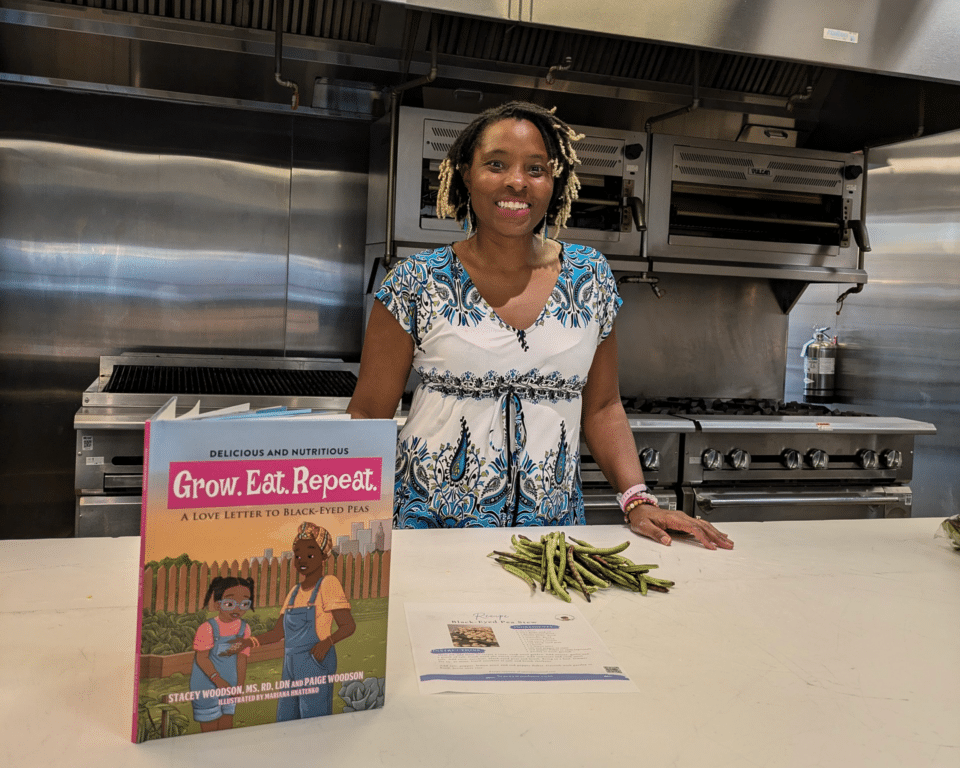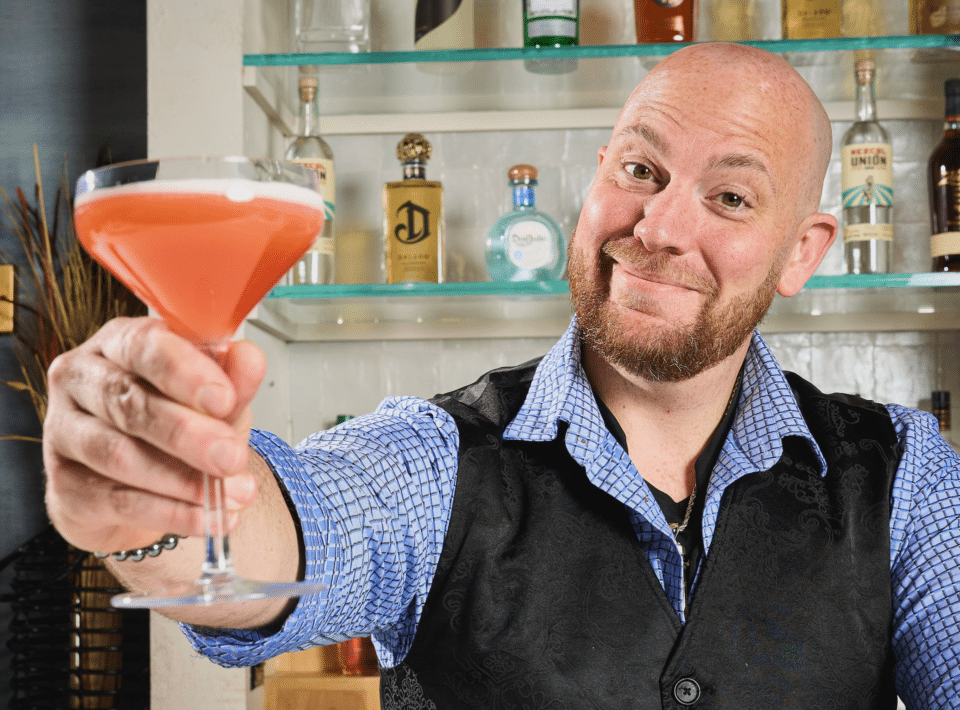Sour beer is a relatively unlikely darling in the American craft beer world. It’s an acquired taste, complex and a little bit strange, so very different from the chuggable “session” beers and resinous, fruity and floral hop bomb IPAs that people love to drink. And yet, as a category, sour beers continue to grow and expand, capturing the imaginations of adventurous epicureans, some wine drinkers and many a Euro-phile. Even though only about 4% of all the craft beer consumed in the U.S. is sour beer, its little piece of the beer-consumption pie is growing, pushed forward as more breweries experiment with the style.
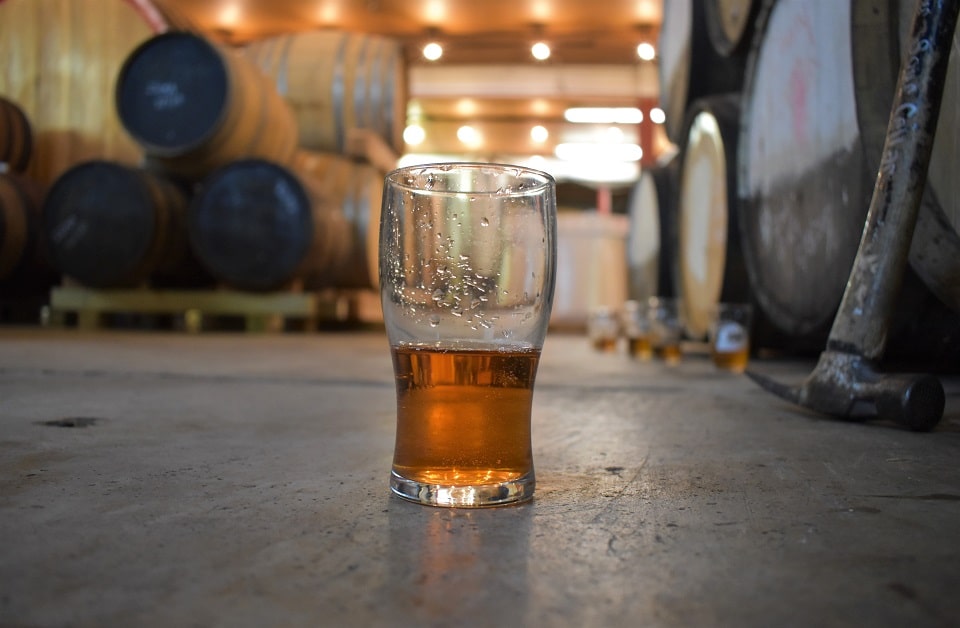
How exactly is sour beer made? Even if you’re familiar with the basics of brewing beer, the details of sours might be a little fuzzy. What’s the difference between a gose and a farmhouse beer? What does “spontaneous fermentation” really mean? And how do brewers know when a sour beer is ready to be done aging in its oak cask? In researching this story, we weren’t 100% sure of these answers, and we suspect that many other craft beer fans might not be, either. So, we turned to the good folks at Free Will Brewing Co., from Perkasie, Pa., one of the breweries in the state most recognized for making sour beers.
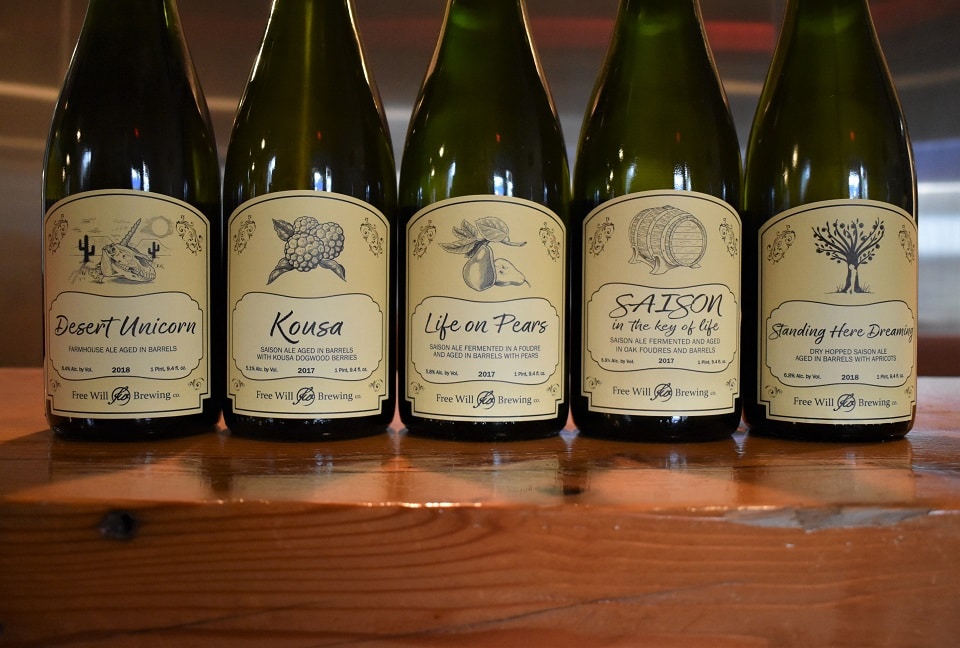
We chatted with Hannah Gohde, one of Free Will’s brewers and its social media and marketing manager, co-founders and brewer John Stemler and Nate Walter, barrel program manager and lead blender, who kindly broke down the info for us.
The first thing to know, they explained, is that there are two ways that sour beers are made:
- Hot side souring: This is the most common way that sours in the U.S. are made. Generally, lactobacillus, one of those “friendly” bacteria, that’s also used to make yogurt and other fermented foods, is added to unfermented wort. This bacteria helps to kick start the production of those funky and complex flavors that we know and love in sours. You’ll often see these labeled as “kettle sours” and many of the more popular sours beers you’ll find, like gose, are made via hot side or “intentional” souring.
- Cold side souring: This is an Old World method borrowed from traditional European brewing methods. The beer is first brewed somewhat normally, and then it undergoes multiple layers of mixed fermentation. Multiple organisms and cultures are added to the beer, and the liquid rests in oak or steel for a long maturation time. Only about 1% of the sour beer made in the U.S. is cold side soured.
As you may suspect, it is much, much trickier to do cold side souring. For starters, the results are much harder to control and replicate and the process takes much longer. Plus, with hot side souring, the finished beer can be pasteurized and kept in a brewery’s canning house. Free Will’s cold side sours, Stemler explains, must be packaged in an entirely separate facility than its other beers.
“Because the souring yeasts and bacteria are still alive and active, they are a lot harder to kill and can cross contaminate clean beer and ruin an entire brewhouse,” he says.
Gohde emphasizes the time difference in production between the two methods, as well. “If you look at the timeline differences, to produce a kettle sour is a relatively short turnaround time; it could be as short as two weeks,” she notes. “Most of our traditional sours are a minimum of a year in production, and some are much longer than that.”
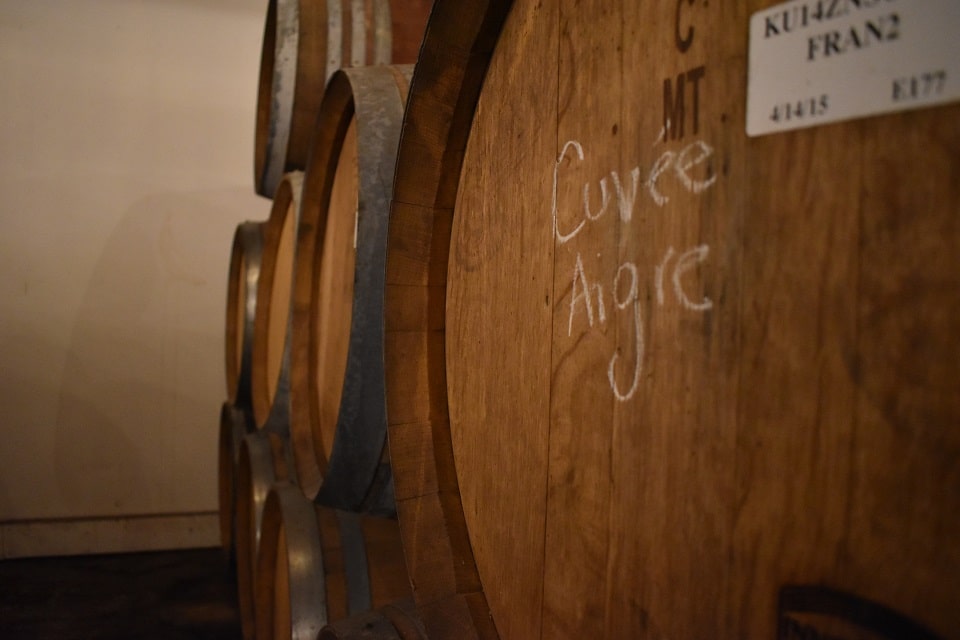
The terminology around the two styles is still evolving, the crew reports. Typically, breweries that produce traditional sours are pushing for more definitive nomenclature. “Just labeling something a ‘sour’ is incomplete, because there is a huge amount of difference, commitment and talent that goes into producing a kettle sour versus a long-term traditional sour,” Stemler says. “Each one has its place in the market, and we do both.”
There are many types of beer that exist within the broad category of “sour” beer, like gose, Flemish reds and browns, geuze, lambics and so on. As far as Free Will’s self-labeling goes, on the hot side, it refers to those beers as “kettle sours,” a term that the brewers see as becoming more widely recognized. On the long-term, cold side sours, the bottle labels will say something along the lines of “This is a blend of up to three age vintages” to illustrate the difference.
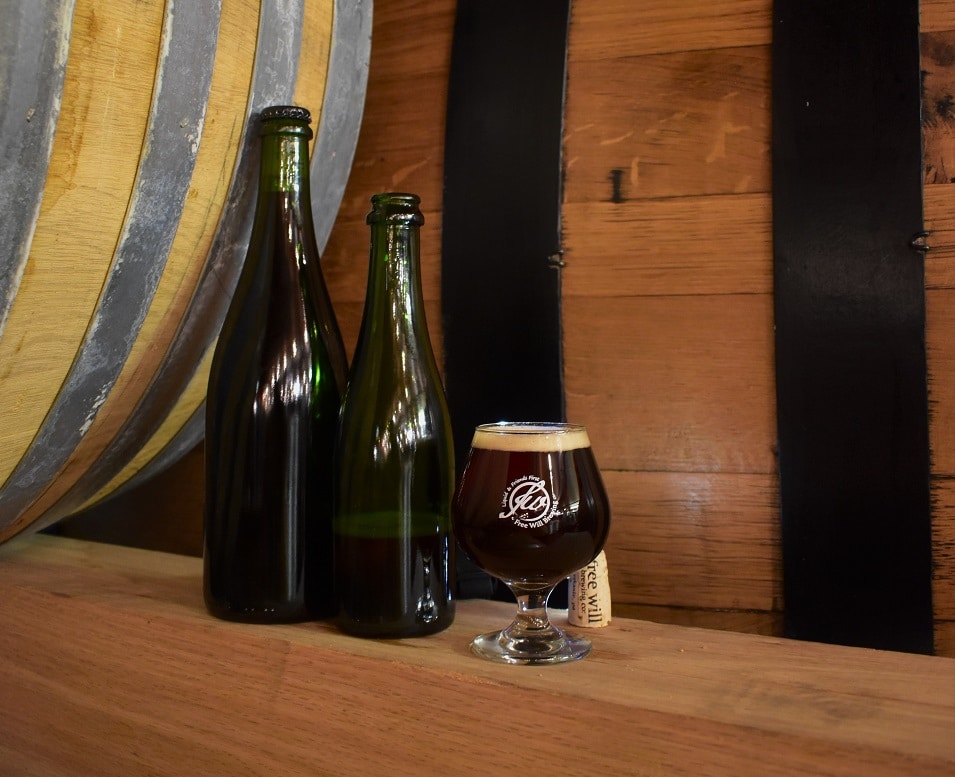
Stemler says he started putting beers in the sour cellar within the first year of Free Will opening. What began as just five individual barrels has now grown to between 400 and 500 barrels, lots of puncheons and some foeders (both different types of barrels).
When asked why they decided to develop a robust sour portfolio at Free Will, the three brewers point mostly to personal preference and the enjoyment of professional challenge. “I enjoy the clear complexity involved in biological chemical systems, and as a side benefit you get to know the beer more intimately while it’s in the cellar,” Stemler says. “When Olly [Free Will’s Flanders Oud Bruin style beer] comes out every year, you can see it turning out the way you hoped, and you blend to your preferences from what you did or didn’t like the year before.”
They also express a desire to tap into the artistry beyond the science of brewing. “For me, the long-term sours have more of an art involved,” says Walter. “It’s not just science. We take beers from different barrels, taste them and then blend from up to a dozen or more barrels.”
Blending is a huge component of making sour beers. Because the yeasts and bacteria don’t always behave in a consistent or predictable manner, to replicate beers from years past, the brewers must taste tiny samples from the barrels as the beer ages, and then blend using the highest functions of their palates. It’s like the equivalent of trying to mix a paint color to an exact shade, with no real instructions. The barrels that the Free Will brewers are tasting from are at all different points of maturation. The oak barrels allow oxygen in very slowly, and slow those changes, and the beer’s progress happens in slow motion — but even a few days too long in the barrel can push the aging process too far.
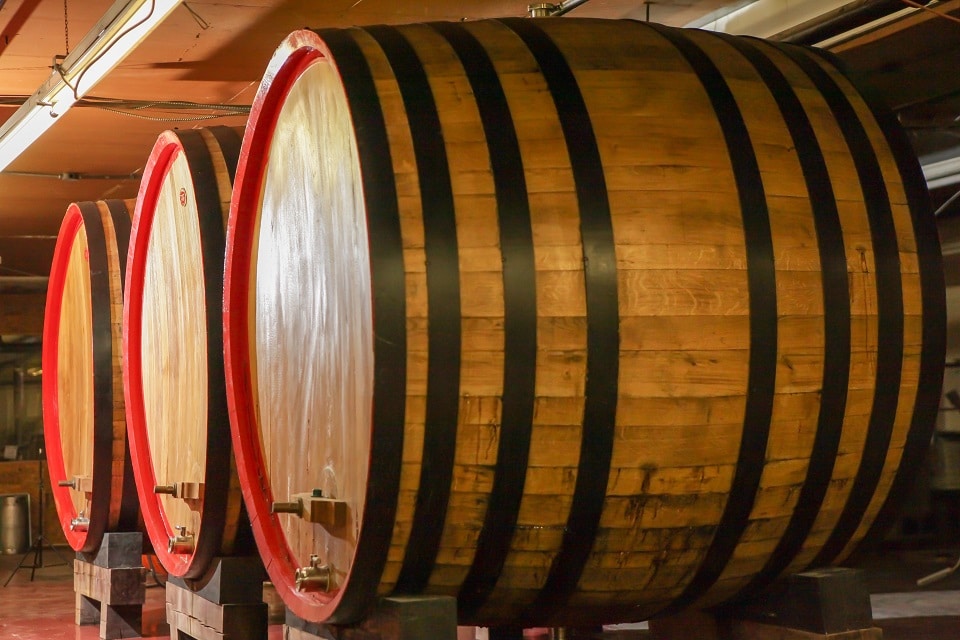
Over-aging can produce negative flavors like sour cheese, curdled milk, vinegar or acetone. This could be from too much oxygen, too much tannins seeping in from the oak, or the accidental introduction of an unintended culture, which happens more in the case with spontaneous fermentation, where barrels are open to capture whatever natural yeasts and bacteria are in the air.
“We have ideas of how things we are going to create [turn out]; sometimes they end up there, sometimes they don’t,” says Stemler. “It’s a living organism, we help guide it along the way.”
Gohde explains the blending process like this: “Whenever I try to explain the blending process, I use the analogy of wine and how wine makers will blend to try to create something similar to the vintage year before, but it can’t ever been the same. Some of it has to do with the growing season — for us that’s happening in the barrel — so even though we’re trying to get in the same realm, it’s not going to be the same.”
Even though differences from batch to batch may frustrate some more mainstream-minded drinkers, she points out that many sour beer-lovers actually seek out the same beer from different years and do side-by-side tastings to experience the subtle differences between them.
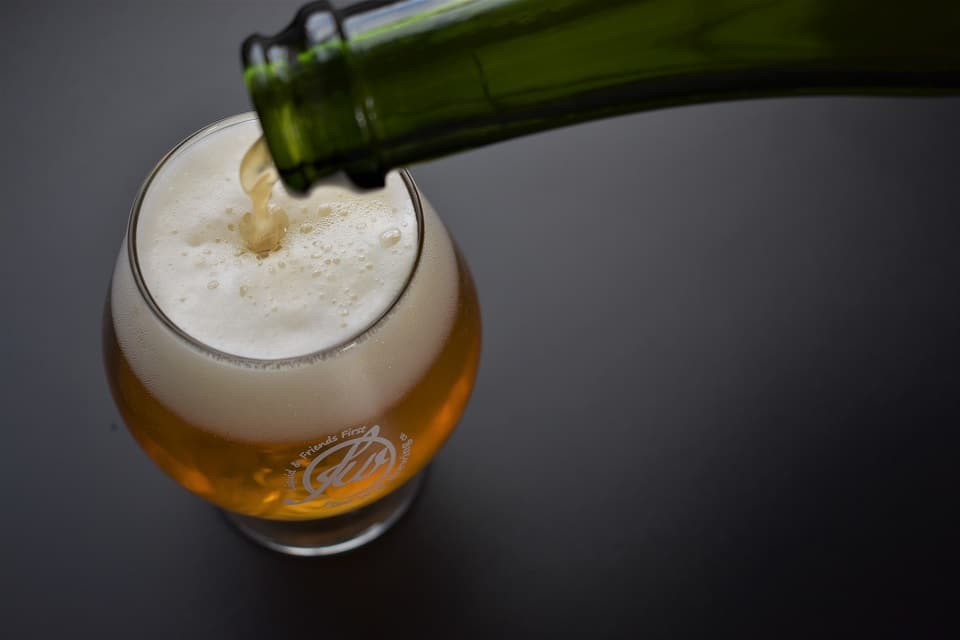
The blending and tasting usually consists of the brewers pulling little tastes from each barrel, taking lots of notes and comparing their impressions. The process often takes place over several days, and might start with a quick yes/no/maybe on the beers in question, and some others they’ll revisit to taste again. “You start to hone in on that flavor profile that you feel is the most dominant and what it’s missing,” says Stemler. There are times we do tons of blending, and the final result isn’t quite what we want. So, sometimes we’ll pull beer from a totally different barrel, we have this large stockpile of options.”
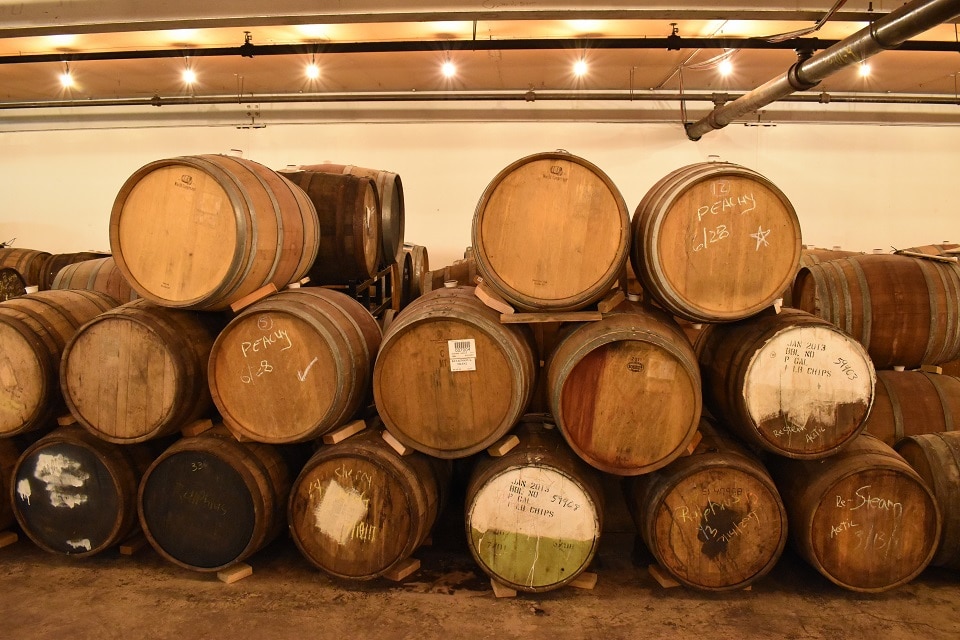
If you’re curious to try sour beers made in Pennsylvania (besides the Free Will brand, of course), the Free Will brewers suggest Strange Roots Experimental Ales in the Pittsburgh area, Fermentary Form in Philly and Forest & Main Brewing Co. in Ambler. On the national level, they recommend Russian River Brewing Co. and The Rare Barrel, both in Northern California, Speciation Artisan Ales in Michigan, Jester King Brewery in Austin, Texas, and Jolly Pumpkin Brewery with locations in Michigan and Chicago, Illinois.
Are you a sour beer fan? Which are your favorites styles, and which breweries are doing it well? Let us know!
- Photos: Free Will Brewing Company
